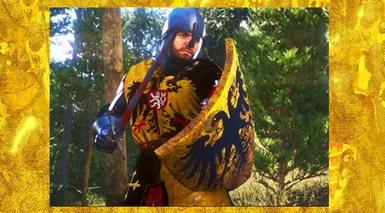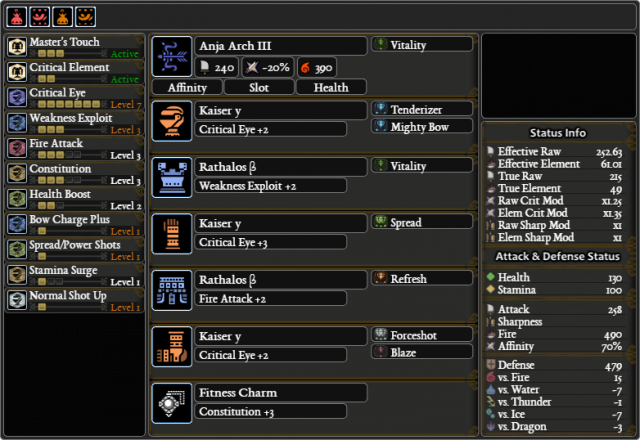Holy Roman Empire Knight
These questions about terms reveal some of the problems involved in the nature and early history of the empire. It can be regarded as a political institution, or approached from the point of view of political theory, or treated in the of the history of as the counterpart of a world religion. The history of the empire is also not to be confused or identified with the history of its kingdoms, Germany and, though clearly they are interrelated.
The constituent territories retained their identity; the emperors, in addition to the imperial crown, also wore the crowns of their kingdoms. Finally, whereas none of the earlier emperors from had assumed the imperial title until actually crowned by the in, after none was emperor in this sense, though all laid claim to the imperial dignity as if they had been duly crowned as well as elected. Despite these and others, the empire, at least in the, was by common assent, along with the, the most important institution of western Europe. Theologians, lawyers, popes, ecclesiastics, rulers, rebels like and, literary figures like and, and the practical men, members of the high nobility, on whom the emperors relied for support, all saw the empire in a different light and had their own ideas of its origin, function, and justification.
Get unlimited ad-free access to all Britannica’s trusted content.It is also important to distinguish between the universalist and localist of the empire, which have been the source of considerable controversy among historians. According to the former, the empire was a universal monarchy, a “commonwealth of the whole world, whose unity every minor distinction”; and the emperor “was entitled to the obedience of Christendom.” According to the latter, the emperor had no ambition for universal dominion; his policy was limited in the same way as that of every other ruler, and when he made more far-reaching claims his object was normally to ward off the attacks either of the pope or of the emperor. According to this view, also, the origin of the empire is to be explained by specific local circumstances rather than by far-flung theories.
Holy Roman ArmourHoly Roman ArmourThe Holy Roman Empire was a vast and diverse Empire that existed in central Europe from the 10th century until the 19th century. Through most of its period of existence, authority of the Emperor was limited and power was mostly decentralised through the many constituent territories of the Empire. As a result, the notion of a single standing army for the Empire never took off.Rather, an army was brought together whenever the Empire faced a threat and the might of this army usually depended on the extent to which the nobles in the Empire were loyal to the reigning Emperor. Due to the diverse nature of the troops constituting the Empire’s army, the weapons and armour used by them also varied significantly. However, given the prowess of central European territories in producing quality plate armour, most of the troops were armed with high-quality armour. Armour production became a major industry in the German-speaking territories of the Empire, especially from 14th century onwards. Armour Production in the EmpireArmour production became a major industry in the German-speaking territories of the Empire, especially from 14th century onwards.

Holy Roman Empire Map
By 15th century, a number of German cities were producing armour not only for the Empire’s troops and the Imperial Army but also exporting it to other nations.A number of famous workshops became established in different parts of the Empire during this period. Notable among these was the imperial workshop established at Innsbruck that directly supplied armour to the Emperor and his court. Armour production in the Empire during this period was often a familial business, running in the family as a special expertise over subsequent generations. The most notable type of armour produced in the Holy Empire and used by the Empire’s troops on the battlefield was plate armour.
Gothic Plate ArmourGothic plate armour is a general name given to the special plate armour that was produced in the Holy Roman Empire from 14th to 16th centuries. Sub-types of this armour were called white armour and Maximilian armour. In the 15th century, the white armour was produced by the German armourers in the Empire.This type of armour was high-quality metal armour made with movable joints and highly effective on the battlefield. In the 16th century, the Empire’s armourers produced the Maximilian armour which was more elaborate. Maximilian ArmourMaximilian armour was a type of Gothic plate armour that became widespread in the Holy Roman Empire during the early 16th century. The standout features of this type of armour are its enhanced strength and its decorative outlook.
The Maximilian armour was produced with squared sabatons, slim-waisted cuirasses and a helmet with bellow visor.The armour was further made with a number of flutings which furnished the decorative element and were also very useful in deflecting weapons from the armour’s surface. The armour was so named because it was first made for the Holy Roman Emperor Maximilian I which led to its popularity in the early part of the century. The Maximilian armour was the Empire’s hallmark armour of an era when plate armour was beginning to be used not just for battlefield use but also as a veritable piece of art and dressing.
